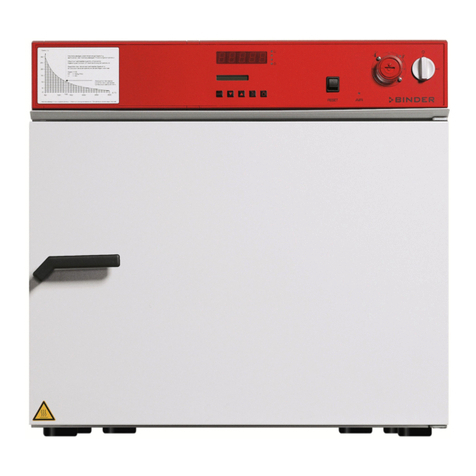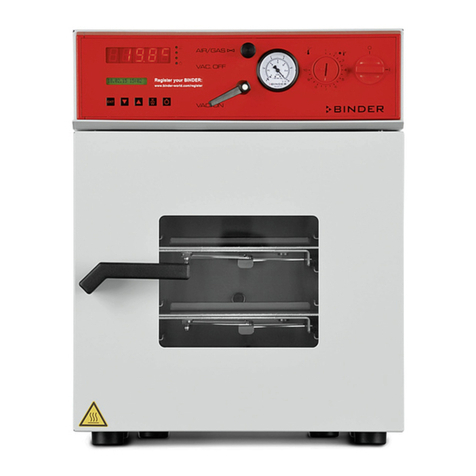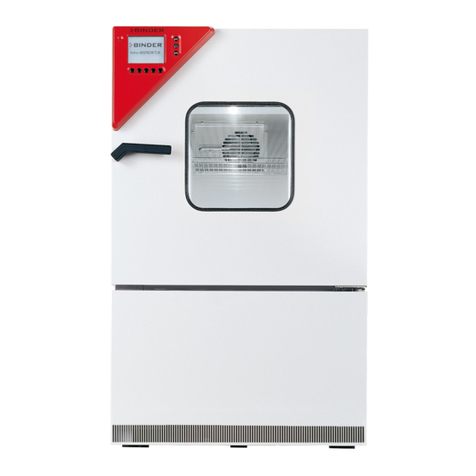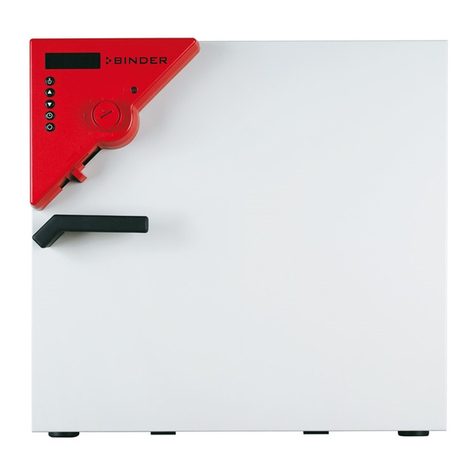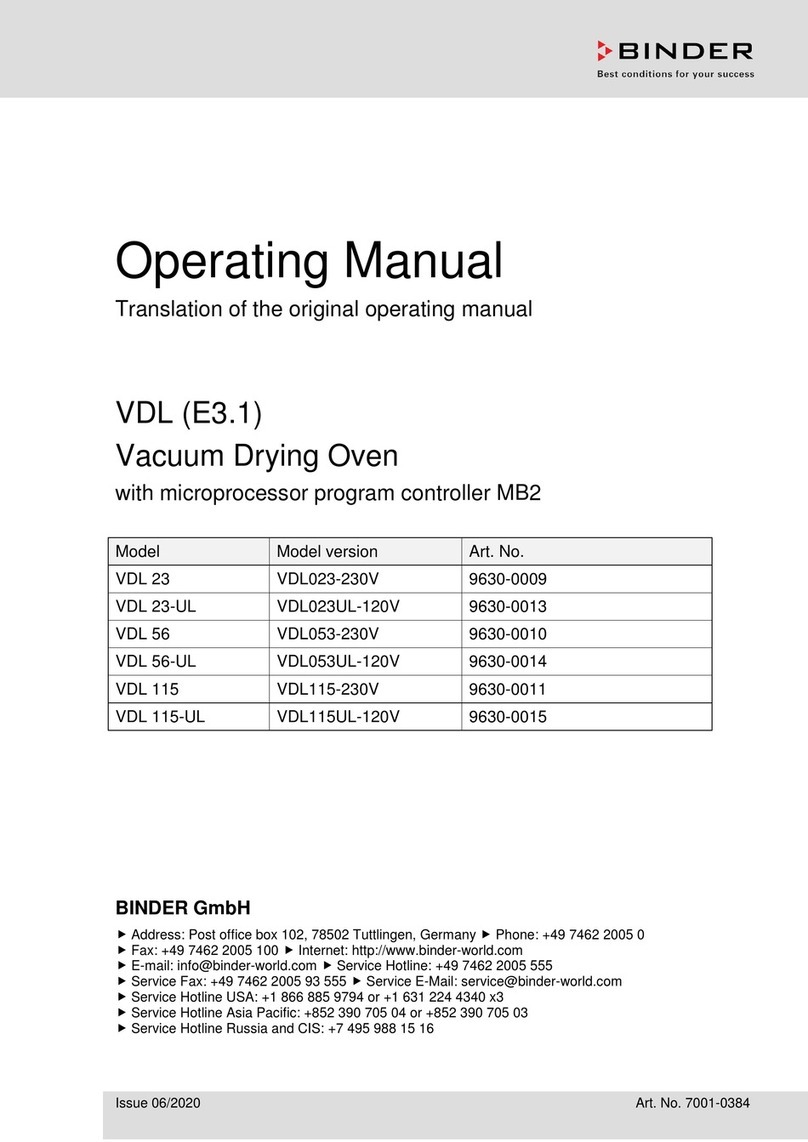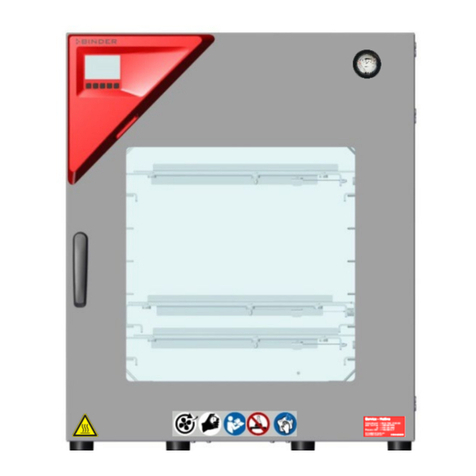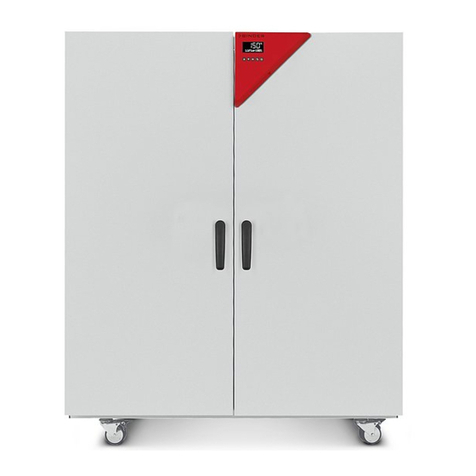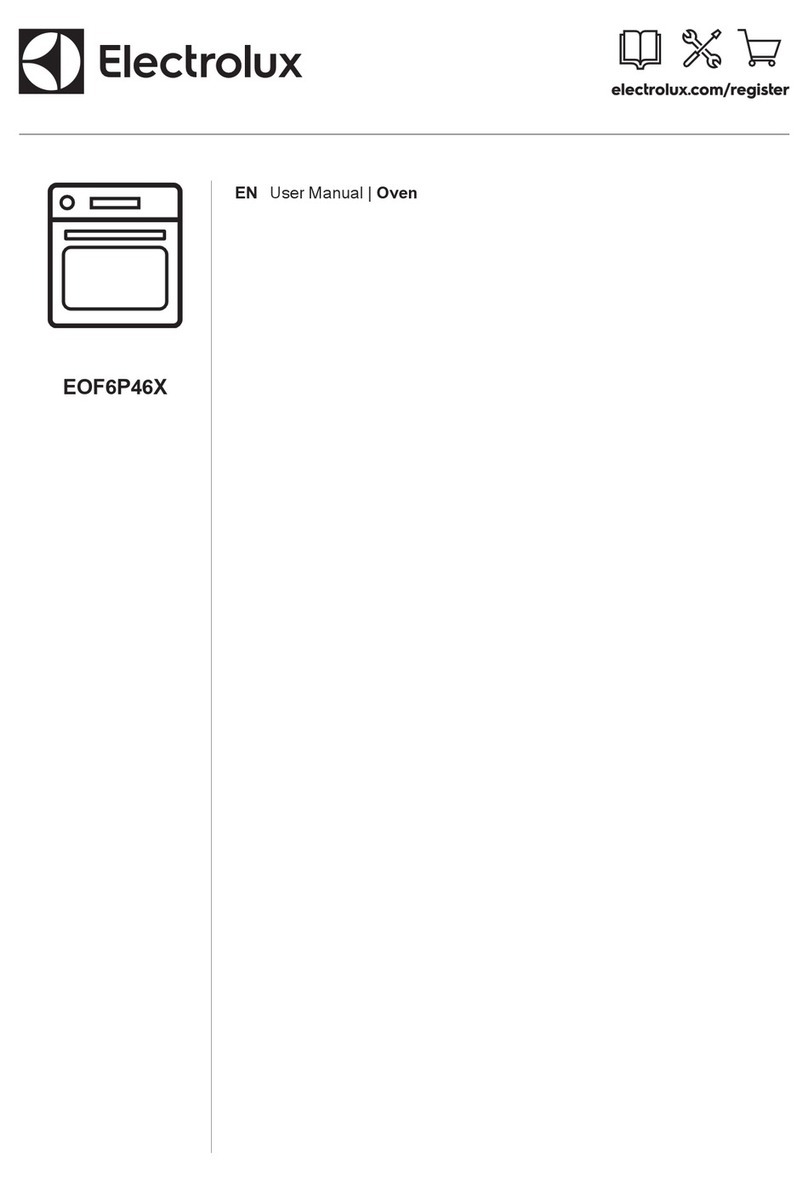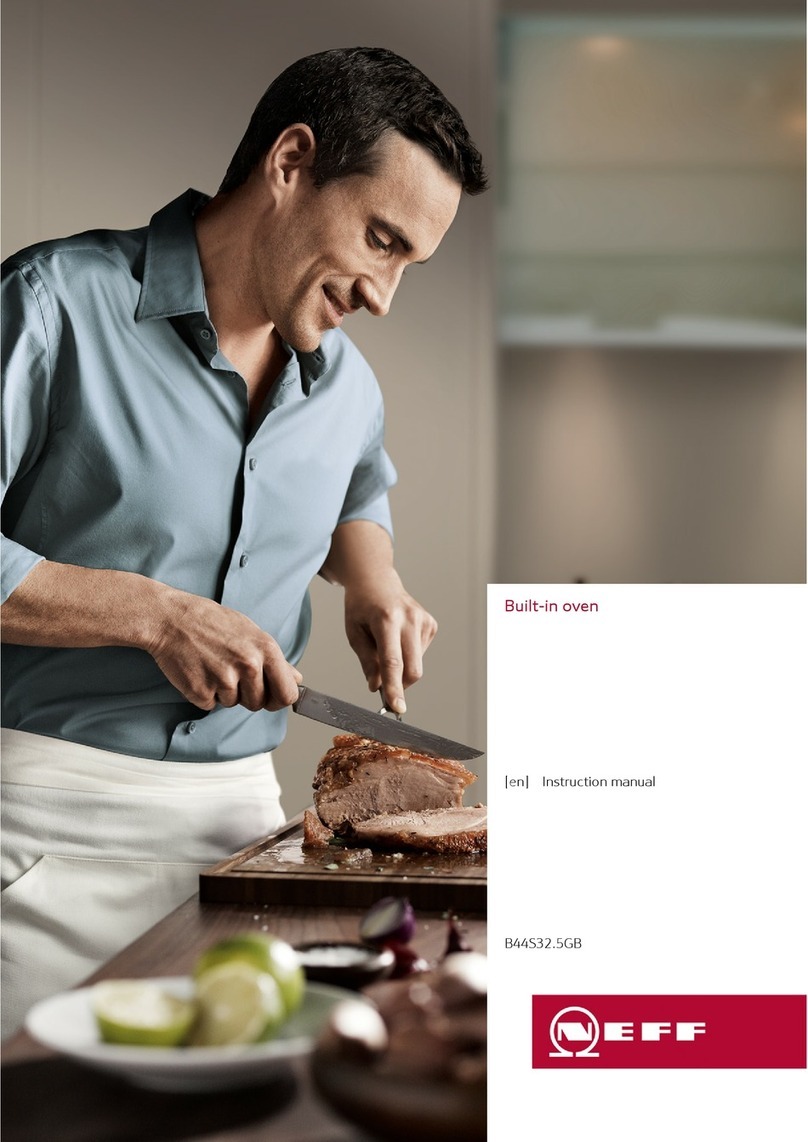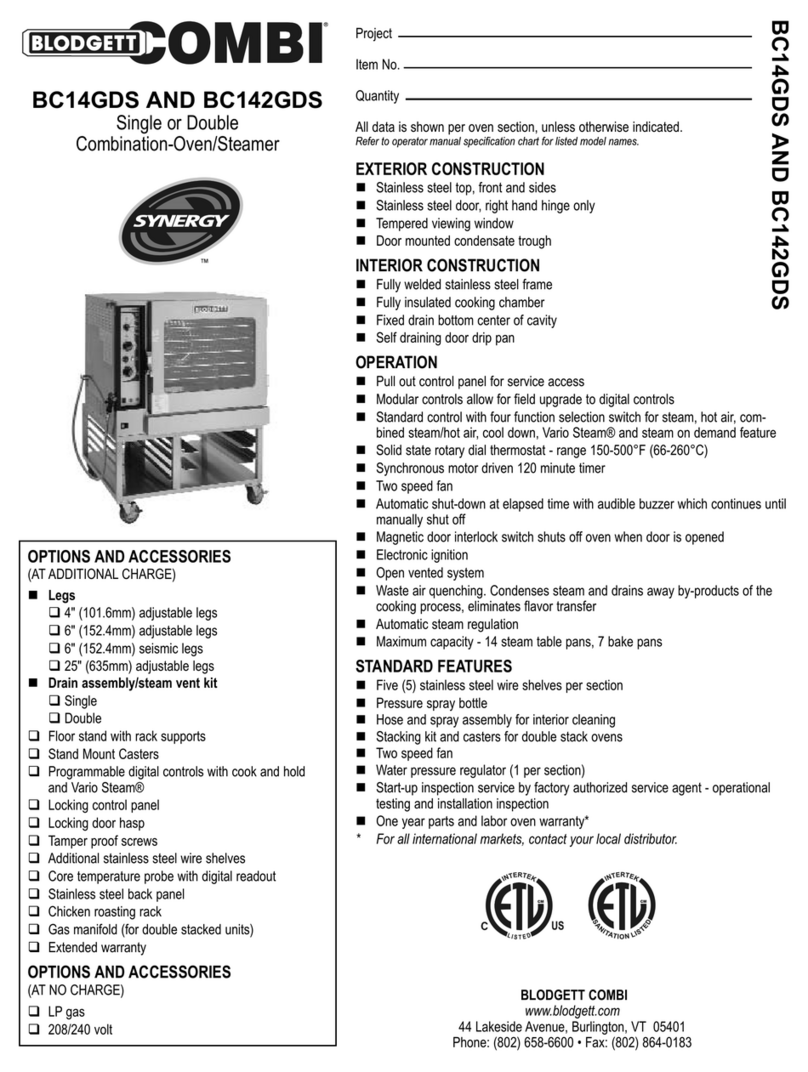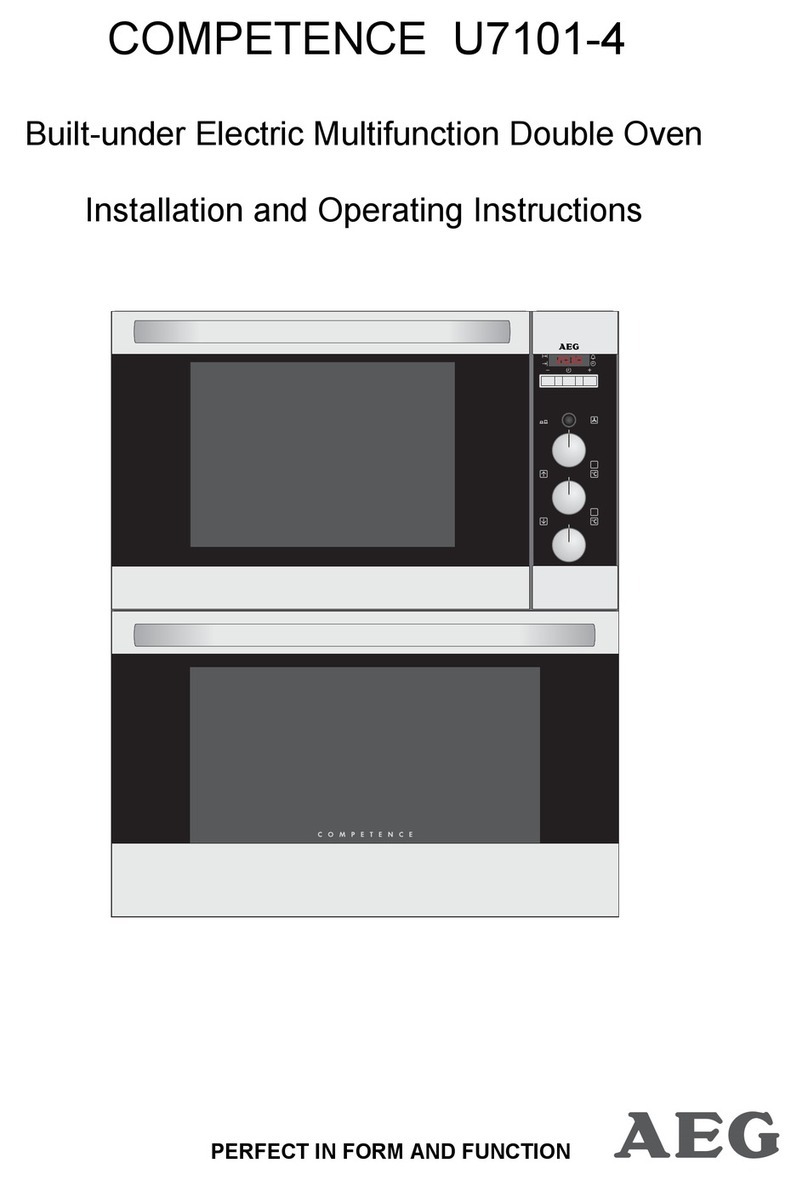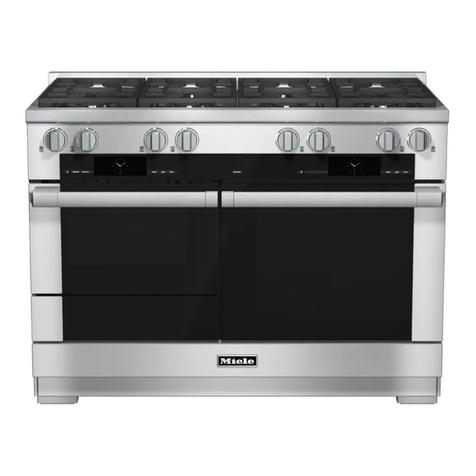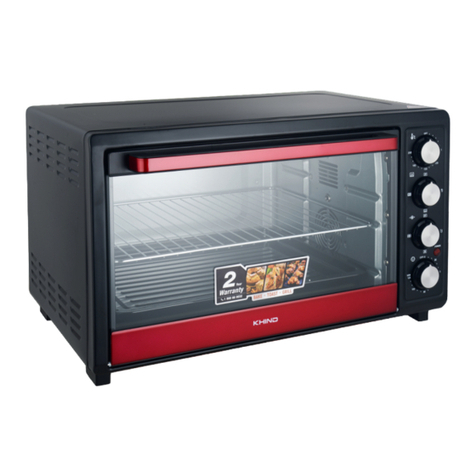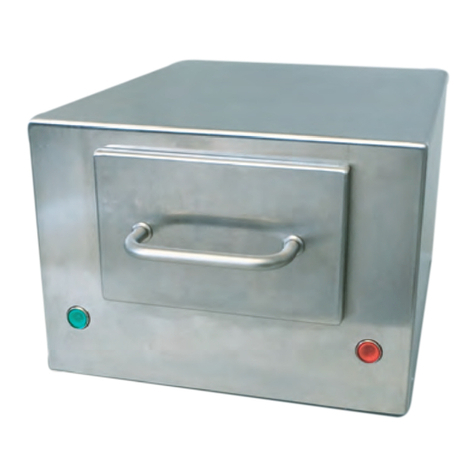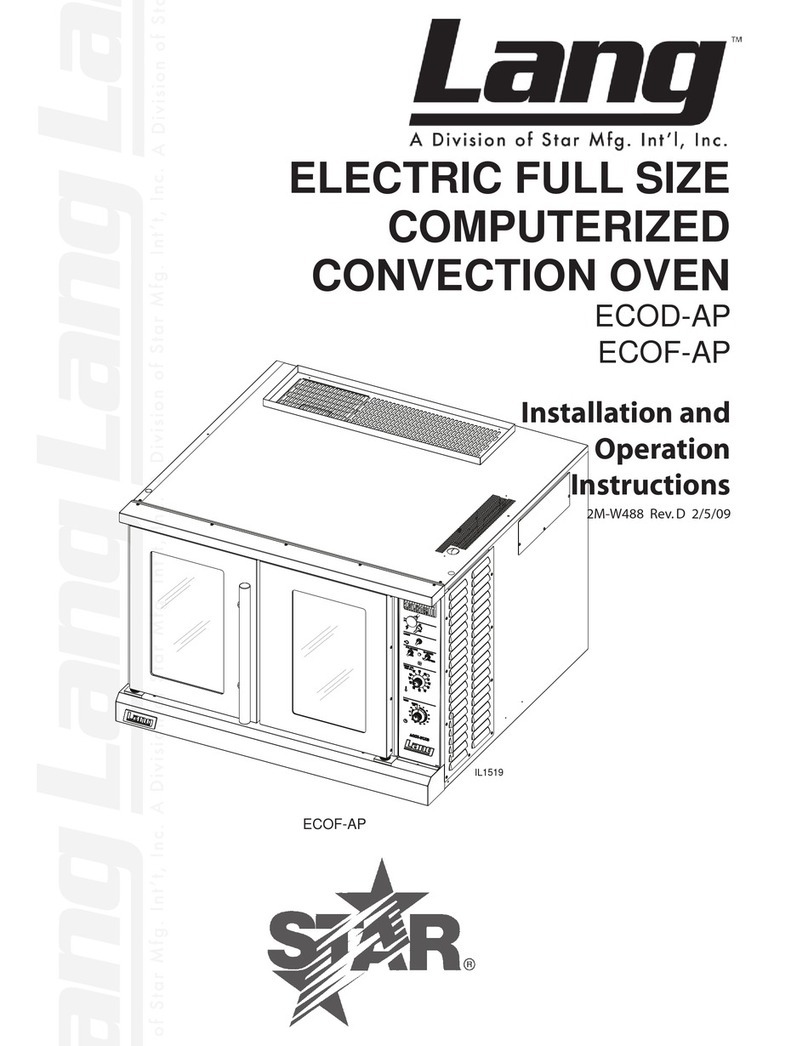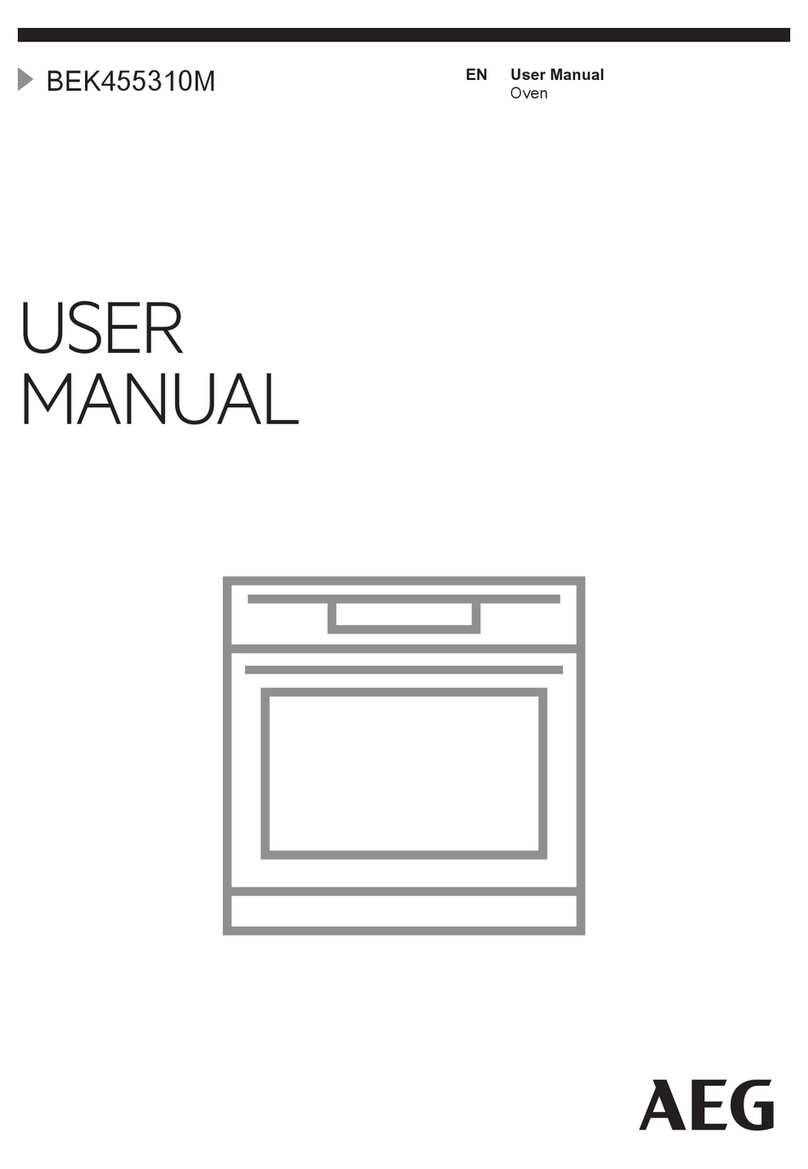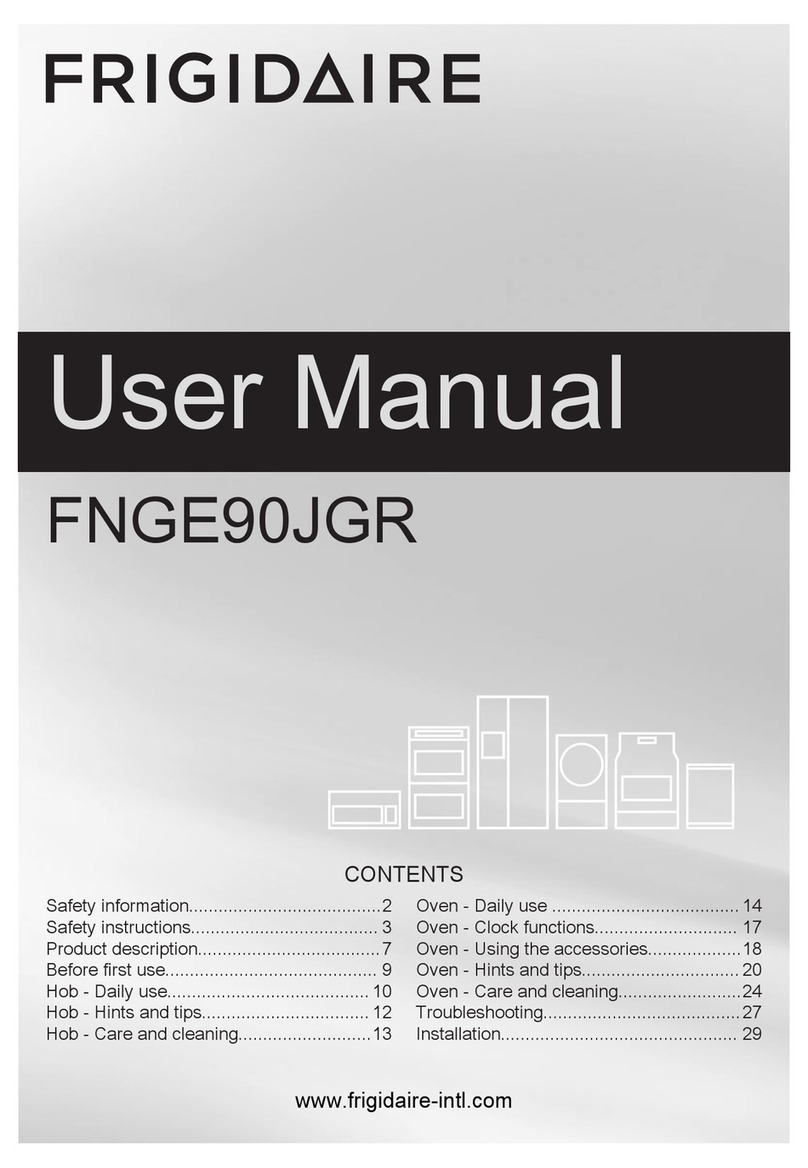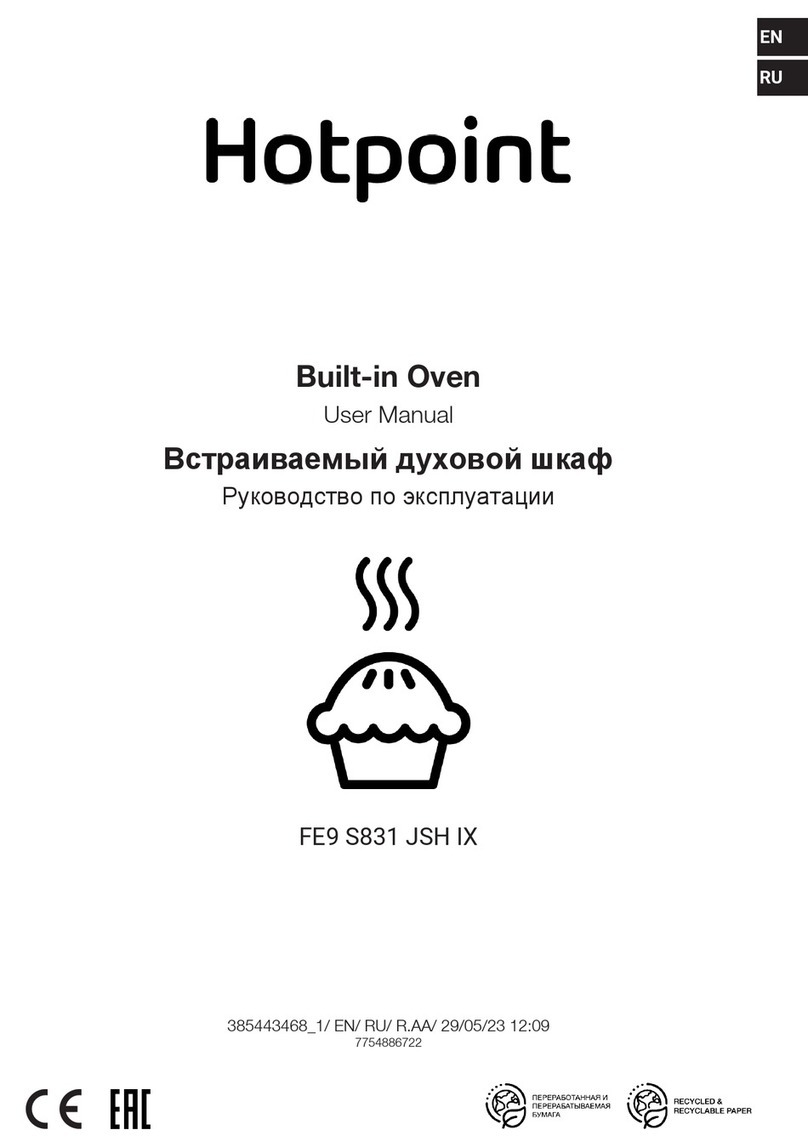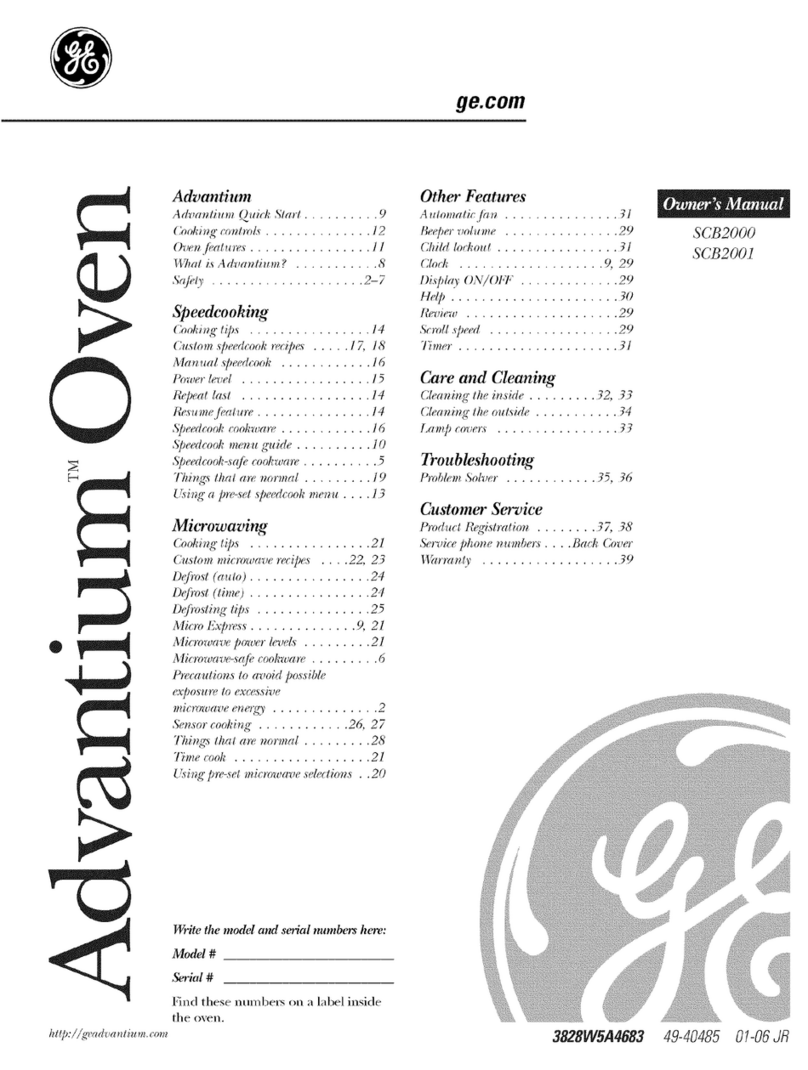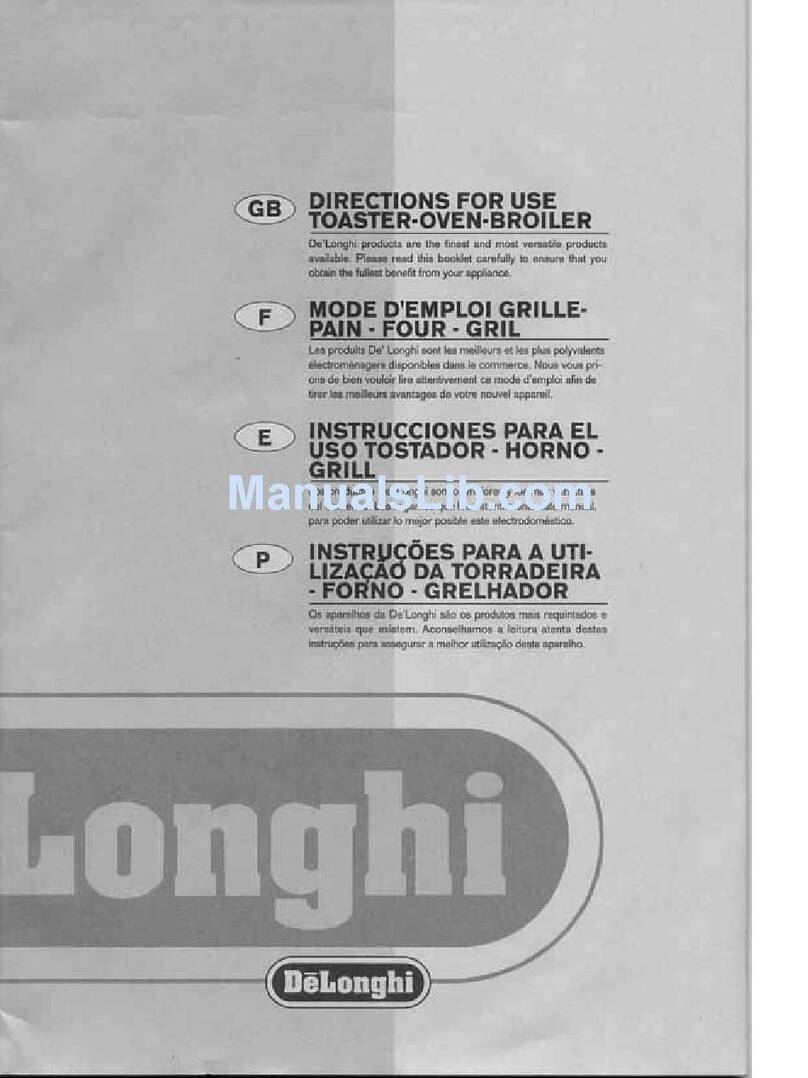
FDL (E2.1) 05/2016 page 2/75
Contents
1. SAFETY.................................................................................................................. 4
1.1 Legal considerations ...........................................................................................................................4
1.2 Structure of the safety instructions......................................................................................................4
1.2.1 Signal word panel......................................................................................................................4
1.2.2 Safety alert symbol....................................................................................................................5
1.2.3 Pictograms.................................................................................................................................5
1.2.4 Word message panel structure .................................................................................................6
1.3 Localization / position of safety labels on the chamber ......................................................................6
1.4 Type plate ...........................................................................................................................................7
1.5 General safety instructions on installing and operating the chambers ...............................................8
1.6 Intended use .......................................................................................................................................9
1.7 Operating instructions .........................................................................................................................9
1.8 Measures to prevent accidents.........................................................................................................10
1.9 Important points to consider before commissioning .........................................................................12
1.9.1 Technical ventilation / permissible load...................................................................................12
1.9.2 Loading instructions ................................................................................................................12
1.9.3 Drying nitro-cellulose lacquers ................................................................................................12
1.9.4 Drying mould varnishes...........................................................................................................12
1.9.5 Drying impregnating resins......................................................................................................12
2. CHAMBER DESCRIPTION .................................................................................. 13
2.1 Chamber overview ............................................................................................................................14
2.2 Control panel.....................................................................................................................................15
2.3 Solvent curve FDL 115 .....................................................................................................................15
3. COMPLETENESS OF DELIVERY, TRANSPORTATION, STORAGE, AND
INSTALLATION.................................................................................................... 16
3.1 Unpacking, and checking equipment and completeness of delivery................................................16
3.2 Guidelines for safe lifting and transportation ....................................................................................17
3.3 Storage..............................................................................................................................................17
3.4 Location of installation and ambient conditions ................................................................................17
4. INSTALLATION OF THE EQUIPMENT ............................................................... 18
4.1 Operating instructions .......................................................................................................................18
4.2 Electrical connection .........................................................................................................................19
4.3 Connection to a suction plant (optional) ...........................................................................................19
5. START UP............................................................................................................ 20
5.1 Settings at the RD3 program controller ............................................................................................20
5.2 General indications ...........................................................................................................................22
6. FIXED VALUE ENTRY MODE ............................................................................. 23
7. WEEK PROGRAM EDITOR................................................................................. 24
7.1 Program table template for Week program Editor ............................................................................26
8. PROGRAM EDITOR............................................................................................. 27
8.1 Selecting between set-point ramp and set-point step.......................................................................27
8.1.1 Programming with setting “Ramp” (default setting).................................................................27
8.1.2 Programming with setting “step” .............................................................................................29
8.1.3 General notes on programming temperature transitions ........................................................30
8.2 Set-point entry for program operation...............................................................................................30
8.3 Program table template.....................................................................................................................33
8.4 Deleting a program section...............................................................................................................34
